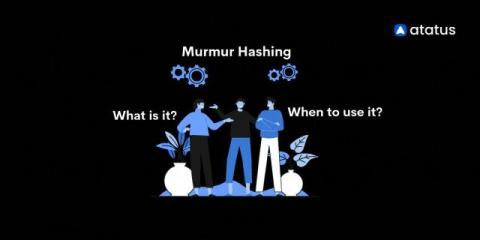Enterprise Java Beans: Definition With Examples
By 1996, developers had already made Java popular for its friendly APIs and automated Garbage Collection, and they started using it widely in back-end systems. One problem, however, was that most of these systems needed the same set of standard capabilities – such as persistence, transaction integrity, and concurrency control – which the JDK lacked at that time. That, naturally, led to many home-grown, closed implementations.











